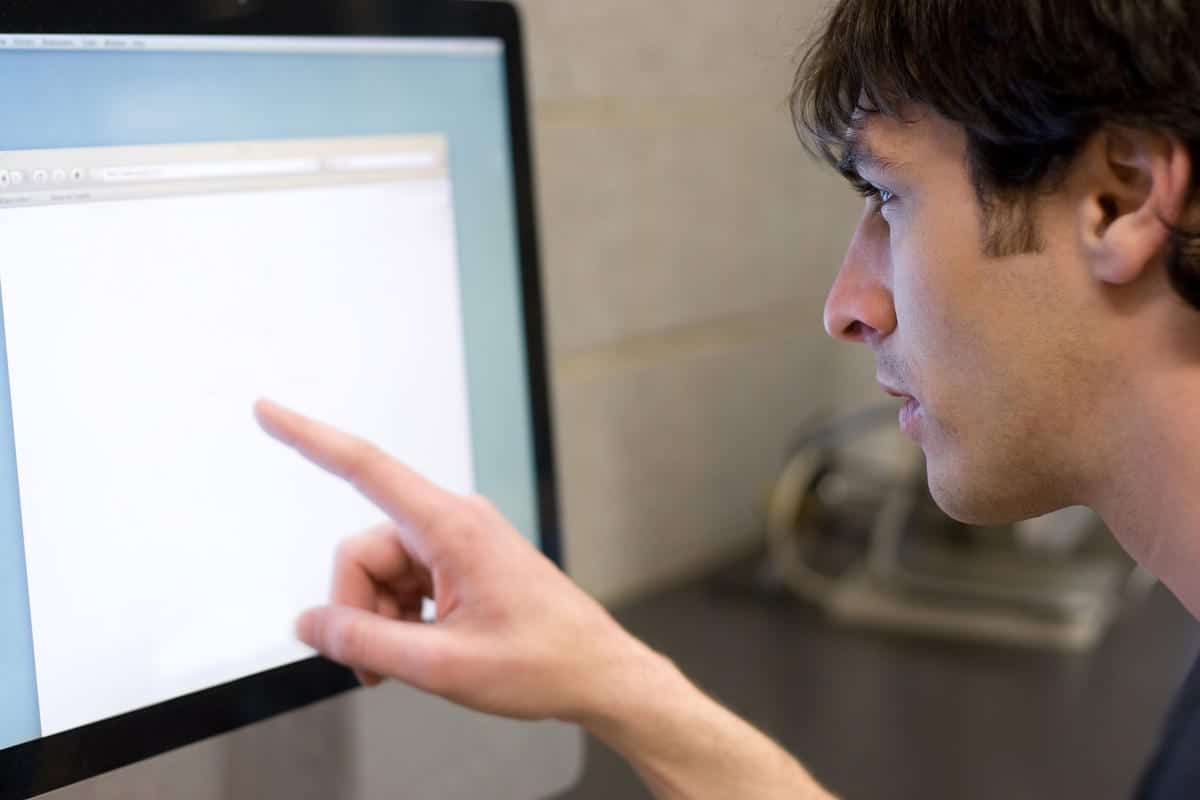How do you get started with prototyping your new web interface? There are endless rabbit holes to fall into. But five strategies that deliver the best possible outcomes for your users are within reach.
Prototyping is a critical part of an iterative design process. You want to bring about the best insights into your user experience. But building out that desired result takes some finesse.
It’s not always clear what are the best methods to achieve the outcome you want. Many of the choices you make at the start of the iterative process should reflect that desired outcome. There are strategies to ensure you adopt the right methods.
Here we’ll go over what exactly web interface prototyping is followed by five tips for achieving the perfect web interface.
What Should I Know About Web Interface Prototyping?
There are a few specifics about prototyping you should know before you get started. First, your prototype is not meant to be a functional version of your website. Your goal is to create a user experience that increases the likelihood that visitors will use the site for its real purpose.
There are two types of prototypes: high-fidelity and low-fidelity. High-fidelity prototypes are realistic. Low-fidelity prototypes are unfinished sketches.
Most designers start with a low-fidelity prototype. This an early step in the iterative process of designing your interface. That’s because you don’t want to have to reconfigure high-fidelity prototypes that miss the mark.
Later during the process, designers can introduce more complex models. These can include prototypes that deliver automated responses to user behavior. Some prototypes even involve someone on your team acting as a computer to provide responses that seem genuine.
Who Will I Need to Develop my Prototype?
You need a team to begin prototyping your web interface. This includes developers and designers to help create the interface. But you will also need the involvement of stakeholders and users.
Stakeholders are people who have an invested interest in your success. These can be managers or investors.
Your users will test your prototype at different testing stages. You will need to create an authentic experience for these users throughout the process. They’ll try out different functions of your website, and do so under different conditions proposed by your team.
For example, you may want users to test your prototype when they’re in a hurry. You may want users to be distracted as your site tries to keep them engaged. Will your prototype succeed?
Generally, your team wants to create a real-world environment at every step. You’ll want to learn from every aspect of users’ involvement. Then you can refine your interface even further.
What Are the Most Import Tools for Prototyping?
You can use very sophisticated tools in the latter stages of prototyping. But using pen and paper is the best place to start.
Here are some tools to consider throughout the development process:
Sketching
This a method that will never go out of style. You and your team should go through hundreds of sketches before approaching fancy software. It’s the best way to turn your ideas into visuals–one crumpled up sheet at a time.
Web-Based Prototyping
Tools like InVision allow designers to take prototypes to the interactive stage. The tool allows them to take existing designs from Photoshop and create interactive mockups.
All-In-One Prototyping
Tools like Justinmind help you add functionality to your prototype. Adding these features takes your project to the next level of testing.
5 Tips for Prototyping the Perfect Web Interface
Next, we’ll review five iterative tips using these methods and tools. You can explore these simple steps further by consulting a web design expert.
1. Start with Your Audience Front of Mind
Keep them there until you’re done. Be ready to explain the purpose of your web interface before users test your first prototype. Ask that they consider functionality and user flows to this end.
Be ready to tailor your prototype for your audience. Content-based interfaces will require a different kind of navigation than functional interfaces, for example. Make sure your users are able to do what they want based on the site’s purpose.
2. Invite the Right Users to Join Your Team
Yes, your users should be part of the team. That means you should have a feedback component built into your interface. Insights from your users will help you further develop the prototype.
It’s called participatory design. Users become team members, providing a feedback loop for designers and developers. It’s an efficient way to consolidate creative resources as you proceed.
3. Don’t Design–Facilitate Experiences
Think about your users before the appearance of your prototype. Create flows and user scenarios that improve experiences. Their interactions should move them towards accomplishing a goal.
Visual aspects should be considered after usability. This will play into your high-fidelity designs.
Prototypes don’t need to be visually appealing at first. They need to get things done.
4. Create Low-Fidelity Prototypes and Build Towards High-Fidelity Models
Your low-fidelity prototype should support basic user scenarios. As you glean insights from your users, you can move towards creating high-fidelity models.
Move forward with visual elements once you’ve finalized user flows and scenarios. You should create design mockups with the types of images and typography you are considering for the final design
You can then incorporate design elements into high-fidelity prototyping. Your user teammates will continue to provide feedback as you refine these models for final production.
5. Make an Interactive Masterpiece
Interactivity and facilitating users reaching objectives is the core purpose of your interface. But you will need to create a visual journey as well.
Simplicity is the finishing touch to your interactive masterpiece. However, web interfaces can be more complex if they’re meant to facilitate more complex goals.
Each user interaction should be productive. It should also have reduced friction. That applies to anything from enjoying a funny video to completing an insurance application.
The final words will be those of your users and your stakeholders. Stakeholders will want to see that your prototype facilitates a certain organizational objective. Users will need to see that their participation in bringing about that objective is rewarded in a meaningful way.
Once you’ve received buy-in from both users and stakeholders, you can be confident that your web interface is a success.
Realize Your Vision
You can make your vision a reality with the help of a web interface development team. Contact us for a free competitive analysis and get started today.




